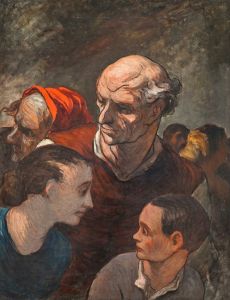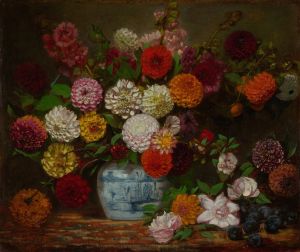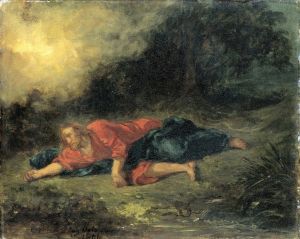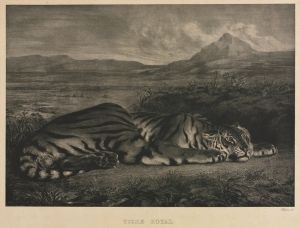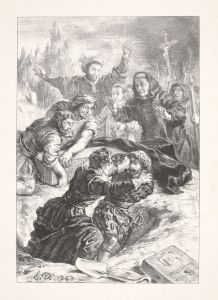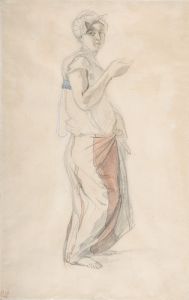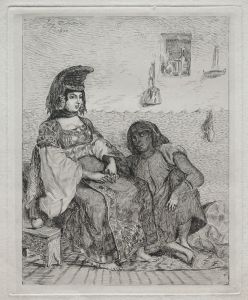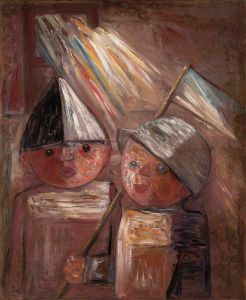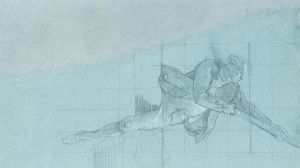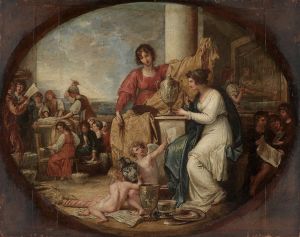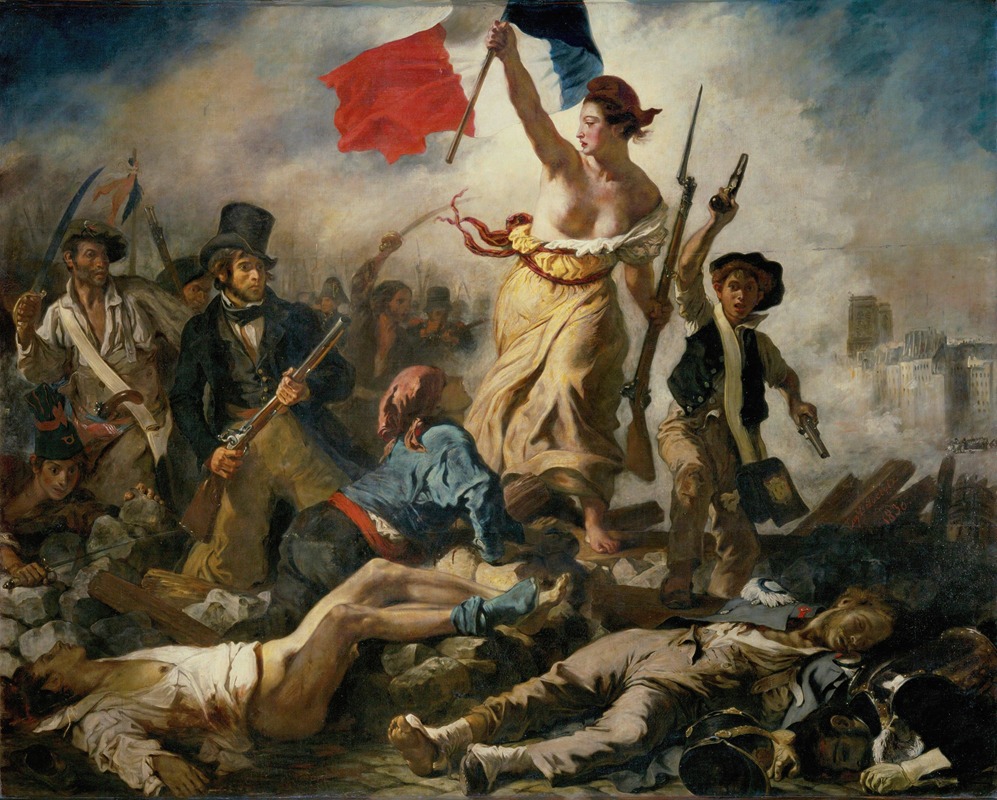
Liberty Leading the People
A hand-painted replica of Eugène Delacroix’s masterpiece Liberty Leading the People, meticulously crafted by professional artists to capture the true essence of the original. Each piece is created with museum-quality canvas and rare mineral pigments, carefully painted by experienced artists with delicate brushstrokes and rich, layered colors to perfectly recreate the texture of the original artwork. Unlike machine-printed reproductions, this hand-painted version brings the painting to life, infused with the artist’s emotions and skill in every stroke. Whether for personal collection or home decoration, it instantly elevates the artistic atmosphere of any space.
"Liberty Leading the People" is a renowned painting by the French artist Eugène Delacroix, completed in 1830. This iconic work is celebrated for its vivid portrayal of the July Revolution of 1830 in France, which led to the overthrow of King Charles X. Delacroix, a leading figure of the Romantic movement, sought to capture the spirit and fervor of the revolution through this dynamic and symbolic composition.
The painting is executed in oil on canvas and measures approximately 260 cm × 325 cm (102.4 in × 128.0 in). It is housed in the Louvre Museum in Paris, where it remains one of the most significant pieces in the collection. Delacroix's work is notable for its dramatic use of color, movement, and emotion, hallmarks of the Romantic style.
At the center of the composition stands the allegorical figure of Liberty, personified as a robust woman of the people. She strides forward with determination, her right arm raised high, brandishing the tricolor flag of France, symbolizing the ideals of liberty, equality, and fraternity. Liberty is depicted bare-breasted, wearing a Phrygian cap, a symbol of freedom and the pursuit of liberty. Her dynamic pose and commanding presence serve as a rallying point for the figures surrounding her.
The scene is populated by a diverse group of revolutionaries, representing different social classes and ages, united in their struggle against oppression. To Liberty's left, a young boy brandishes pistols, embodying youthful defiance and courage. To her right, a man in a top hat, often interpreted as a self-portrait of Delacroix, represents the intellectual and bourgeois support for the revolution. The fallen bodies of soldiers and revolutionaries alike litter the foreground, emphasizing the chaos and sacrifice inherent in the fight for freedom.
Delacroix's painting is both a historical document and a symbolic representation of the universal struggle for liberty. It captures the tumultuous energy of the July Revolution while also conveying a timeless message about the power and resilience of the human spirit in the face of tyranny. The work's composition, with its pyramidal structure and use of light and shadow, draws the viewer's eye towards Liberty, reinforcing her role as the central figure and beacon of hope.
"Liberty Leading the People" was initially met with mixed reactions due to its raw depiction of violence and the political implications of its subject matter. However, it has since become one of Delacroix's most celebrated works and a symbol of revolutionary fervor. The painting's influence extends beyond the art world, having inspired numerous cultural and political movements throughout history.
In summary, Eugène Delacroix's "Liberty Leading the People" is a masterful depiction of the July Revolution of 1830, capturing the essence of the struggle for freedom through its powerful imagery and emotive composition. The painting remains a testament to the enduring spirit of revolution and the quest for liberty.






